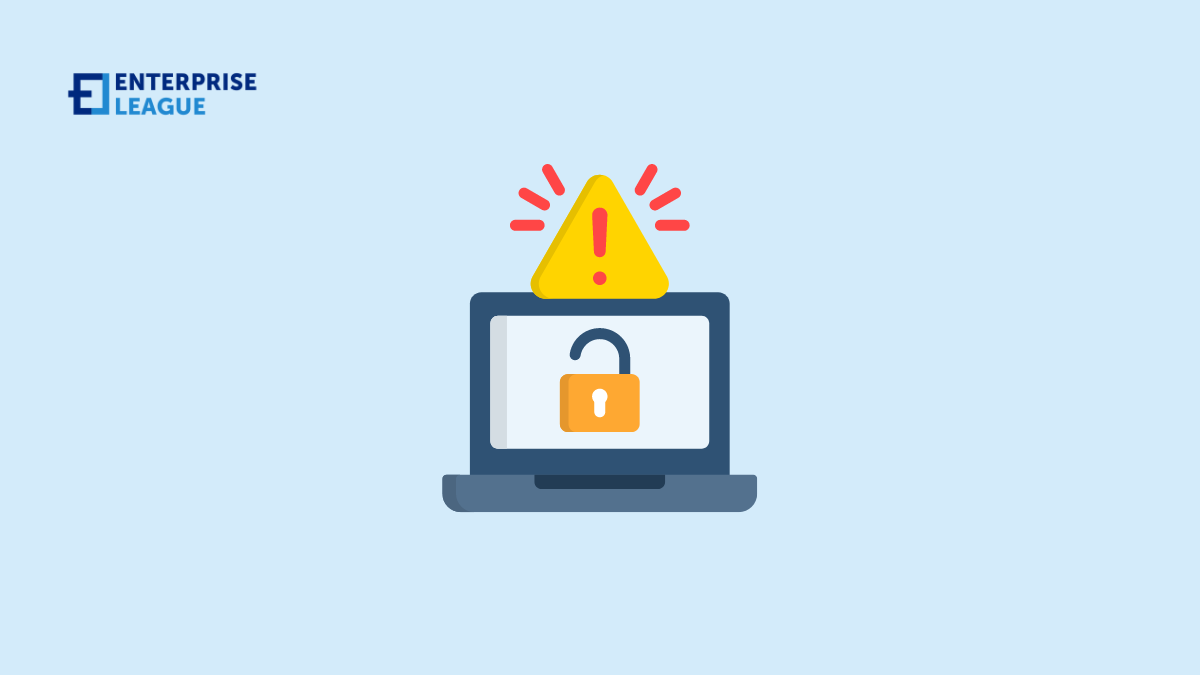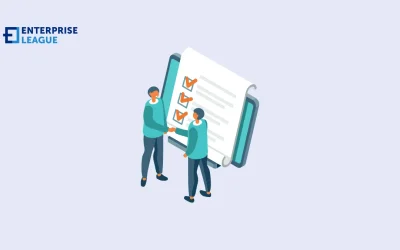The best strategies and practices for protecting business transactions online
May 17, 2024

Modern businesses are ditching outdated manual transactions in favor of conducting business transactions online for the convenience it brings. Demand is such, that e-commerce has become a newfound necessity for most businesses, to compete and thrive in the current modern landscape.
We have all become so accustomed that it is easy to forget that digitalizing our fiscal transactions comes with some hefty risks for all parties involved. Cyber attacks are all too common and they compromise an organization’s financial assets and sensitive data.
Online business transactions risks
The safety of business data always hangs in the balance, the risks are alarming, but they can be countered with the right approach and methods in place. Before discussing some of these best practices and preventative measures, let’s first define some of the most commonly encountered associated risks:
Data breaches
Cyber-criminals are always looking to get ahold of sensitive data, the most common way they gain unauthorized access is by exploiting network vulnerabilities in apps and systems.
If data is breached the consequences can be devastating leading to financial losses. In 2023 the global average cost of data breaches was $4.45 million. It also damages reputations as trust is broken between clients and companies.
Phishing is another common way that confidential information is acquired. Spoof emails and websites that seem legitimate on the surface trick users into giving away valuable information that can be used to undermine transactional security.
Interception attacks
Sometimes called Man-in-the-Middle attacks; these attacks take place in real-time while transactions between two or more parties are in process or transit. The communications are intercepted during the process and the man in the middle can manipulate the transaction details.
Phishing
Phishing is another common way that confidential information is acquired. Spoof emails and websites that seem legitimate on the surface trick users into giving away valuable information that can be used to undermine transactional security.
Fraudulent payments
One of the most significant transaction risks that often causes the highest financial losses is fraudulent payments via stolen credit card information. The false payment information is often stolen by way of phishing scams or hacking into vulnerable payment processing systems.
Identity Theft
The theft of identity information can be used for fraud, unauthorized access is gained with stolen business credentials while personal credentials are used for fraudulent payments.
8 practices for securing business transactions
Once a business recognizes the risks that are outlined above it can begin to put strategies in place that target and counter each identified vulnerability.
With the right security measures in place to safeguard sensitive data and prevent fraud and breaches, businesses can conduct transactions more securely.
To strengthen digital operations, the following 8 practices should be established:
Strong authentication and authorization
The best way to protect sensitive information is by minimizing exposure. To ensure access is safe and limited permission-based role assignment is sensible, allowing only those necessary to view anything sensitive.
The passwords used should be complex to make brute force entry less likely and an extra level of security can be added by making multi-factor authentication a requirement.
Encrypted data transmissions
Protocols to ensure safe data transmission are crucial; Secure Sockets Layer (SSL) and Transport Layer Security (TLS) encrypt data during online transactions, making interception in transmission more difficult.
Virtual Private Networks (VPNs) such as Surfshark can also assist with encryption if public networks need to be used for business purposes.
Secure payment gateways
The security of the chosen payment gateways is fundamental to handling transactions safely online.
When selecting a gateway for your business use reputable PCI DSS-compliant options that require strict authentication methods asking for card verification codes (CVC).
Consider non-sensitive equivalent tokens in place of sensitive data and never store payment information locally.
Prioritize patch updates
The statistics suggest that many data breaches could be prevented with up-to-date patches. So prioritizing updates to system software and apps helps a business maintain transactional security.
Software detects vulnerabilities and patches to protect, if you don’t have the latest patch hackers will quickly exploit your weaknesses.
Monitor transactions and implement fraud detection
Transactions can be monitored, and the patterns can be analyzed to identify any abnormalities that could suggest suspicious activities.
Intrusion detection and prevention software can analyze in real-time with fraud detection mechanisms that swiftly identify and prevent such activities.
Filter emails
Email spam filters and anti-phishing plugins can help lower the possibility of malicious email content and phishing attacks. You can use domain-based message authentication, reporting, and conformance (DMARC) policies to check domain authenticity.
Secure all backup and recovery operations
All transactional data should be regularly backed up to a secure offline setting. Recovery procedures should be well planned and their processes should also be secure to make sure your system doesn’t become compromised while trying to recover data losses.
Cybersecurity training
Cybersecurity begins with education, training employees raises awareness, and bolsters your company’s defenses from the inside. Most data breaches are at the hands of phishing and social engineering. Both are avoidable when safe online practices are adhered to.
Staff should also be able to verify legitimate transactions and identify suspicious behavior. Education can also be extended to customers, informing and instructing them on safe online practices as well.
Conclusion
Safeguarding business transactions online is not just about the technology used, it is comprised of many factors.
Strong authentication methods and modern cybersecurity tools such as data encryption and fraud detection mechanisms can help businesses minimize the risks confidently.
However, they require constant monitoring and regular updates and patches to work to the best of their abilities.
More must-read stories from Enterprise League:
- Unique ways to show your employees you care about them.
- What it takes to start a wholesale business from scratch?
- Unique and profitable drone business ideas you should be aware of.
- The only list of novels for entrepreneurs that you will ever need.
Related Articles
10 business tips for beginners to help you build a healthy brand
Starting a business can be quite the challenge especially if you’re all new to entrepreneurship. These business tips for beginners will help you set off on the right foot.
SEO writing: Five foolproof tips to secure you the first page
When it comes to SEO writing it’s more guessing and less evidence about what works and what doesn’t. Luckily, we know what can really help you reach the first page.
How to onboard a new employee: Tips for quick integration
Your guide to smoother employee onboarding where you will find practical strategies that help new hires feel welcome and become productive team members faster.
10 business tips for beginners to help you build a healthy brand
Starting a business can be quite the challenge especially if you’re all new to entrepreneurship. These business tips for beginners will help you set off on the right foot.
SEO writing: Five foolproof tips to secure you the first page
When it comes to SEO writing it’s more guessing and less evidence about what works and what doesn’t. Luckily, we know what can really help you reach the first page.





